Blogs & News
We are focus on automotive wiring harness & connectors technology.
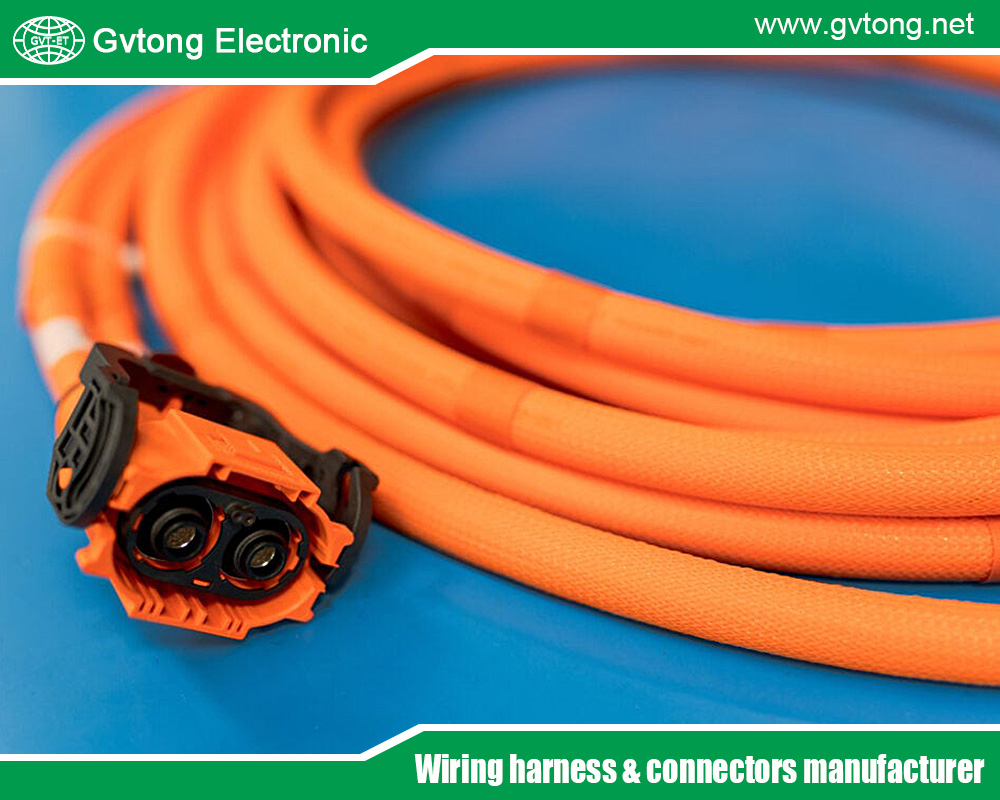
How Manufacturers Conduct Factory Leak Tests on High-Pressure Connectors
- Gvtong Electronic
- 10-cavity connector manufacturer, 10-cavity connectors comapany, 10-cavity connectors market, 12 volt 2 pin waterproof connector, 12 volt automotive wire connectors, 2 pin waterproof electrical connector, 2 Pin Way Car Waterproof Electrical Connector, 2-cavity connectors manufacturer, 2-cavity connectors supplier, 2p 32p Automotive Connector Terminal Crimping, 3-cavity connectors manufacturer, automotive high-pressure connectors, automotive high-pressure connectors for photovoltaic, automotive high-pressure connectors manufacturer, automotive high-pressure connectors supplier, automotive low pressure connectors, automotive pressure connector manufacturer, automotive pressure connectors, automotive pressure connectors supplier, High Pressure Connectors, high-pressure connector, high-pressure connectors for photovoltaic, Low Pressure Connectors, pressure connector, pressure connector manufacturer
- No Comments
How Manufacturers Conduct Factory Leak Tests on High-Pressure Connectors
High-pressure connectors are critical components in industries such as automotive, aerospace, oil and gas, and renewable energy, where they ensure reliable fluid or gas transfer under extreme conditions. These connectors, designed to withstand pressures often exceeding 100 bar, must maintain integrity to prevent leaks that could lead to system failures, safety hazards, or environmental damage. In automotive applications, for instance, high-pressure connectors are integral to fuel systems, cooling circuits, and hydraulic systems, while in photovoltaic setups, they protect electrical interfaces from moisture ingress. The consequences of a leak—whether it’s fuel in a vehicle or coolant in a battery system—can be catastrophic, making rigorous factory leak testing a non-negotiable step in manufacturing.
Factory leak tests verify that high-pressure connectors meet stringent performance and safety standards, ensuring they can endure real-world pressures, vibrations, and environmental stressors. These tests are not only about compliance with standards like ISO 26262 or SAE J2044 but also about building trust in systems where failure is not an option. With industries pushing for higher efficiency and sustainability—evidenced by the projected 15% annual growth in high-pressure connector demand through 2030—leak testing has become more sophisticated, leveraging advanced technologies and methodologies.
This article explores how manufacturers conduct factory leak tests on high-pressure connectors, detailing the processes, technologies, standards, and challenges involved. From helium leak detection to pressure decay testing, we’ll uncover the methods ensuring these connectors perform flawlessly. By understanding these practices, engineers, quality assurance teams, and industry stakeholders can appreciate the precision behind safe and reliable systems.
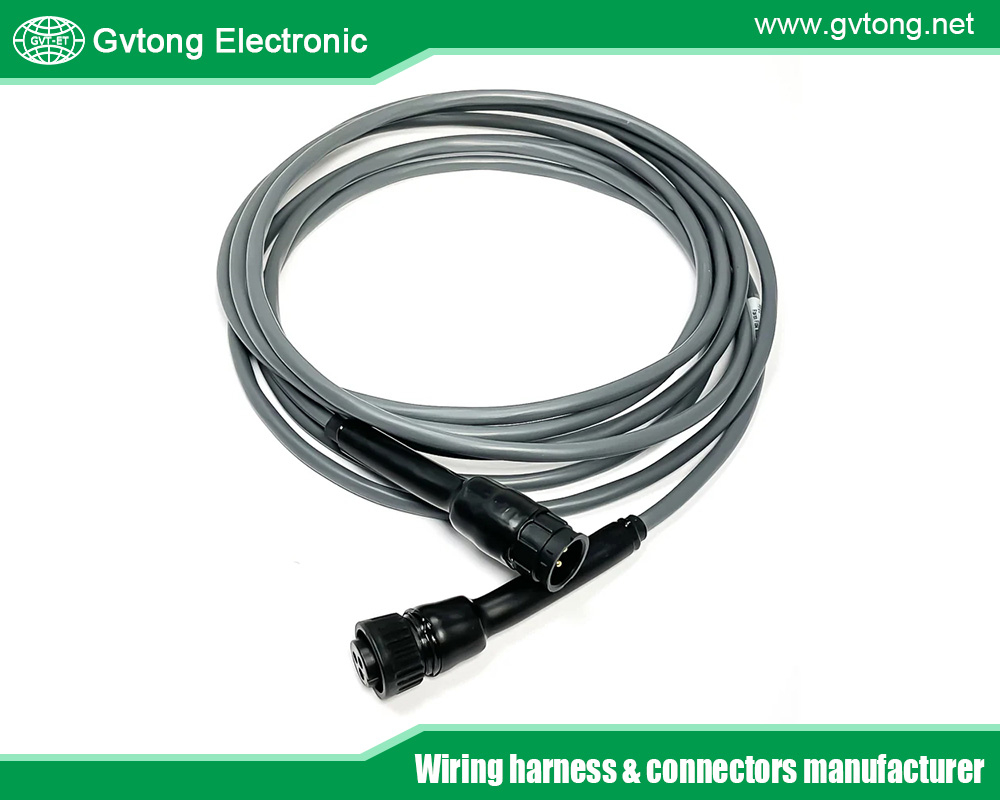
Understanding High-Pressure Connectors and Leak Testing Needs
High-pressure connectors are specialized fittings designed to join components in systems operating under significant pressure, typically above 10 bar, with some applications reaching 700 bar or more, as seen in hydrogen fuel cell vehicles. These connectors must resist not only internal pressure but also external factors like temperature extremes (-40°C to 150°C), vibrations, and corrosive environments. Materials like stainless steel, brass, or high-grade polymers are common, often paired with seals like O-rings or gaskets to ensure leak-proof performance.
Leaks in high-pressure connectors can stem from manufacturing defects (e.g., improper sealing surfaces), material fatigue, or assembly errors. In automotive fuel systems, a leak could lead to fire hazards; in aerospace, it might compromise hydraulic controls. Thus, factory leak testing is a critical quality control step, mandated by standards like ISO 19879 for fluid power connectors and IP67/IP69K for environmental sealing.
The goal of leak testing is to detect any pathway—however microscopic—that allows fluid or gas to escape. Manufacturers aim for leak rates as low as 10⁻⁶ mbar·L/s, especially in critical applications. Testing must balance sensitivity, speed, and cost, as high-volume production demands efficient processes without compromising accuracy. Methods vary based on application, connector type, and regulatory requirements, but all share a common objective: ensuring zero defects in deployed systems.
Common Leak Testing Methods for High-Pressure Connectors
Manufacturers employ several leak testing methods, each suited to specific connector types, production scales, and performance criteria. Below are the primary techniques used in factory settings.
- Pressure Decay Testing
Pressure decay testing is widely used due to its simplicity and cost-effectiveness. The connector is pressurized with air or an inert gas (e.g., nitrogen) to its rated pressure or slightly above, typically 1.5 times the operating pressure. The system is then sealed, and pressure sensors monitor for any drop over a set period (seconds to minutes). A decline indicates a leak, with the rate calculated based on pressure loss.
Process:
- Setup: The connector is integrated into a test fixture, often mimicking its real-world assembly.
- Pressurization: Gas is introduced via automated pumps to the target pressure (e.g., 200 bar for hydraulic connectors).
- Monitoring: High-precision sensors (accuracy ±0.01 bar) detect pressure changes.
- Analysis: Software calculates leak rates, flagging units outside tolerance (e.g., >0.1 cc/min).
Advantages: Fast, non-destructive, and suitable for high-volume production. Equipment costs are moderate, with systems like those from Cincinnati Test Systems costing $5,000-$20,000. Limitations: Less sensitive for micro-leaks (<10⁻³ mbar·L/s) and affected by temperature fluctuations.
- Helium Leak Testing
Helium leak testing is the gold standard for detecting ultra-small leaks, critical for aerospace and hydrogen systems. Helium’s low molecular weight allows it to escape through tiny defects, and its inert nature ensures safety.
Process:
- Vacuum Method: The connector is placed in a vacuum chamber, pressurized with helium, and a mass spectrometer detects escaping helium molecules.
- Sniffer Method: Helium is applied inside or outside the connector, and a sniffer probe scans for leaks.
- Calibration: Reference leaks (e.g., 10⁻⁷mbarL/s) ensure accuracy.
Advantages: Detects leaks as small as 10⁻⁹ mbar·L/s, ideal for high-stakes applications. Limitations: Expensive equipment (mass spectrometers cost $50,000+) and slower cycle times limit its use in high-volume settings.
- Bubble Testing
Bubble testing is a visual, low-cost method used for larger leaks or preliminary checks. The connector is submerged in water or coated with a soap solution while pressurized with air.
Process:
- Pressurization: Air is introduced at 10-50 bar, depending on connector specs.
- Observation: Technicians or cameras look for bubbles indicating leaks.
- Quantification: Bubble size and frequency estimate leak severity.
Advantages: Simple and inexpensive, requiring minimal equipment. Limitations: Low sensitivity (detects leaks >10⁻² mbar·L/s) and subjective interpretation make it unsuitable for critical systems.
- Hydrostatic Testing
For connectors in liquid systems (e.g., coolant circuits), hydrostatic testing uses water or oil to simulate operating conditions. The connector is filled with liquid, pressurized, and monitored for leaks.
Process:
- Filling: The connector is filled with a test fluid, often dyed for visibility.
- Pressurization: Hydraulic pumps apply pressure up to 2x operating levels (e.g., 400 bar).
- Inspection: Visual or sensor-based checks detect fluid escape.
Advantages: Mimics real-world liquid applications, ensuring seal integrity. Limitations: Messy, time-consuming, and less effective for gas systems.
- Tracer Gas Testing (Non-Helium)
Alternative tracer gases like hydrogen-nitrogen mixes (5% H₂, 95% N₂) are used for cost savings while maintaining high sensitivity.
Process: Similar to helium testing but uses more affordable gases and simpler detectors. Advantages: Balances cost and sensitivity (down to 10⁻⁵ mbar·L/s). Limitations: Slightly less precise than helium for micro-leaks.
The Leak Testing Process in Factory Settings
The factory leak testing process is systematic, ensuring repeatability and compliance. Here’s a step-by-step overview:
- Design and Specification:
- Manufacturers define leak rate thresholds based on application (e.g., 10⁻⁴mbarL/s for automotive fuel lines).
- Standards like SAE J2044 or ISO 19879 guide test parameters.
- Fixture Development:
- Custom fixtures replicate the connector’s operational environment, ensuring airtight seals during testing.
- Automated clamping systems enhance speed and consistency.
- Test Selection:
- High-volume automotive lines favor pressure decay for speed.
- Aerospace or hydrogen connectors use helium testing for precision.
- Execution:
- Automated systems, like those from INFICON, integrate testing into production lines, handling thousands of units hourly.
- Data logging ensures traceability, critical for audits.
- Analysis and Validation:
- Software compares results against thresholds, flagging defects.
- Statistical process control (SPC) monitors trends, identifying systemic issues.
- Rework or Rejection:
- Defective connectors undergo root cause analysis (e.g., X-ray for seal defects).
- Failed units are repaired or scrapped, ensuring zero defects reach customers.
Testing is often conducted at multiple stages: post-assembly, after environmental stress (e.g., thermal cycling), and during final quality checks. For high-pressure connectors in automotive PV systems, tests may include high-pressure water jet simulations (IP69K) to verify sealing.
Technologies and Equipment in Leak Testing
Modern leak testing relies on advanced equipment to enhance accuracy and efficiency:
- Mass Spectrometers: Used in helium testing, offering unmatched sensitivity (e.g., Pfeiffer Vacuum’s ASM 340).
- Pressure Sensors: High-resolution sensors (e.g., 0.001 bar accuracy) for pressure decay tests.
- Automated Test Stands: Systems like ATEQ’s F620 integrate multiple methods, reducing cycle times.
- AI and IoT: Machine learning analyzes test data for predictive maintenance, while IoT enables real-time monitoring.
Robotics streamline high-volume testing, with vision systems detecting bubbles or defects in real-time. Calibration standards, like NIST-traceable leak orifices, ensure accuracy.
Standards and Compliance
Leak testing adheres to industry standards to ensure safety and interoperability:
- ISO 19879: Specifies test methods for fluid power connectors.
- SAE J2044: Guides automotive fuel system testing.
- IP67/IP69K: Ensures environmental sealing against water and dust.
- ISO 26262: Mandates functional safety for automotive connectors, including leak-free performance.
Regulatory bodies like the EPA also enforce leak standards for environmental protection, particularly in fuel and refrigerant systems. Manufacturers must document compliance through test reports and certifications.
Challenges in Leak Testing
- Balancing Speed and Sensitivity: High-volume production requires fast tests, but micro-leaks demand time-intensive methods like helium testing.
- Environmental Variability: Temperature and humidity affect pressure decay accuracy, requiring controlled test environments.
- Cost: Helium testing’s high equipment costs can strain budgets, especially for SMEs.
- Complex Geometries: Connectors with intricate designs complicate fixture sealing, increasing setup time.
- Evolving Standards: As hydrogen and PV systems grow, new standards challenge existing test protocols.
Innovations and Future Trajectories
Innovations are addressing these challenges:
- Non-Helium Tracers: Hydrogen-nitrogen mixes reduce costs while maintaining sensitivity.
- AI-Driven Testing: Algorithms predict leak-prone areas, optimizing test focus.
- Laser-Based Detection: Emerging laser spectroscopy detects trace gases faster than traditional methods.
- Integrated Testing: Smart connectors with embedded sensors enable in-situ leak detection post-assembly.
By 2035, fully automated testing lines with AI analytics could reduce cycle times by 50%, supporting mass production of hydrogen and PV-equipped vehicles. Regulatory shifts will likely mandate stricter leak thresholds as industries prioritize sustainability.
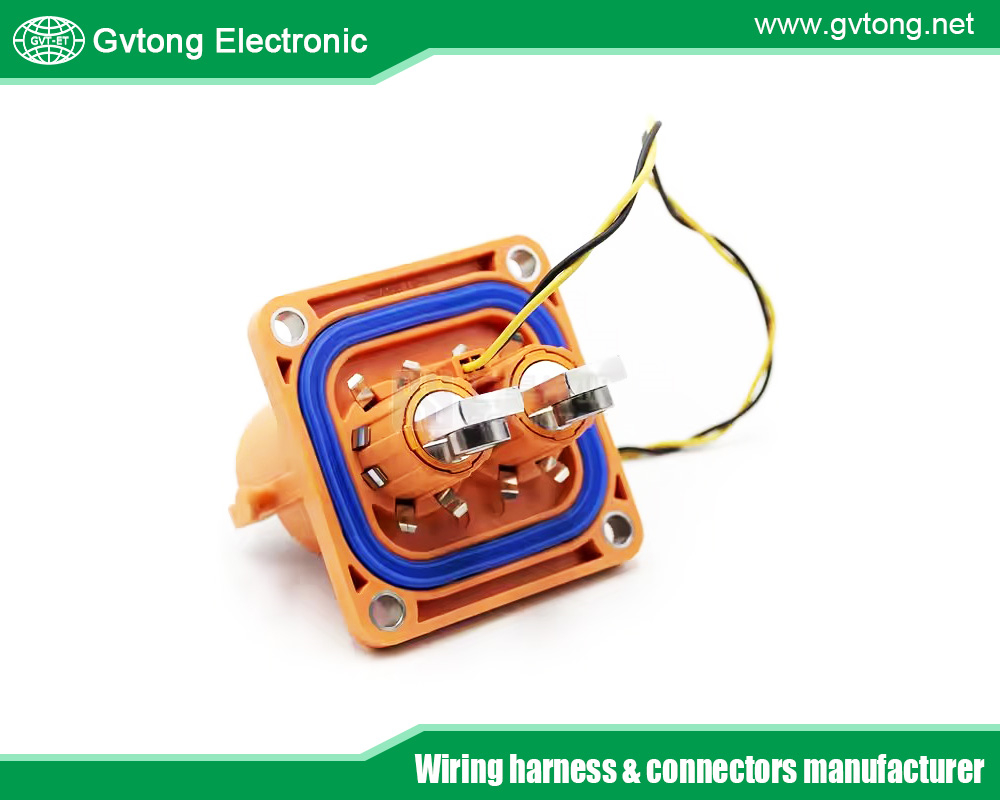
Conclusion
Factory leak testing of high-pressure connectors is a meticulous process that underpins safety and reliability across industries. By leveraging methods like pressure decay and helium testing, manufacturers ensure connectors meet the demands of high-pressure systems. As technology advances, innovations in AI, alternative tracers, and automation will enhance testing efficiency, paving the way for safer, more sustainable applications. Understanding these processes empowers stakeholders to uphold quality in an era of increasing complexity.
For more about how manufacturers conduct factory leak tests on high-pressure connectors, you can pay a visit to Gvtong at https://www.gvtong.net/ for more info.
Recent Posts
The Best GR Series-Circular Connectors Manufacturer
The Best GD Series Combined Power Connector Manufacturer
A Guide to Selecting the Best GH Series Plastic Connector Manufacturer
How High Pressure Connectors Work?
The Best Automotive Connector Companies
Tags
Recommended Products
-

GH Series-HV6-2-core Plastic High Voltage Connector
-
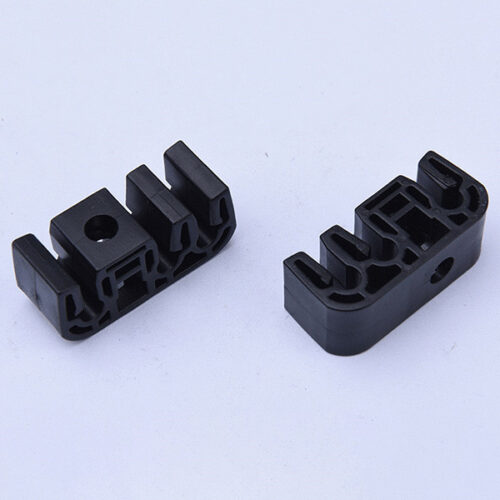
Automotive injection molded parts
-
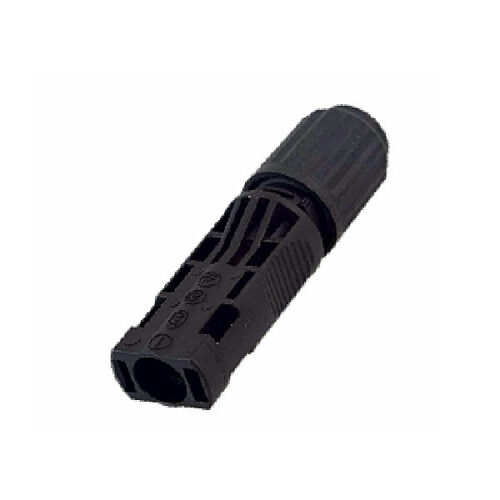
Photovoltaic connector – Wire end socket
-
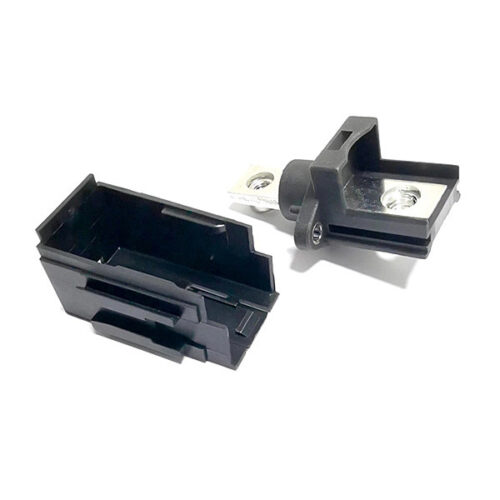
DCDC wall-through terminal – with protective cover
-
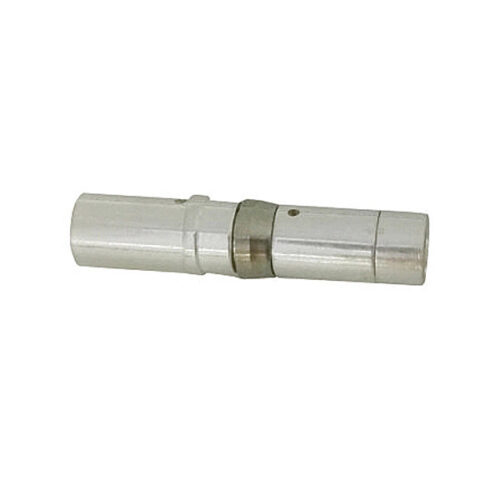
3.0 wire spring jack – crimp 2.5mm cable
-
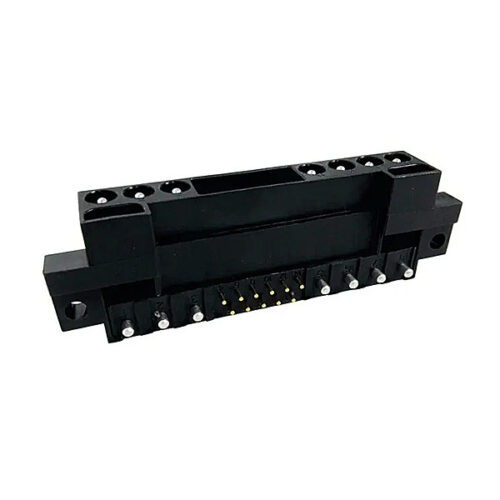
18-core power connector
-
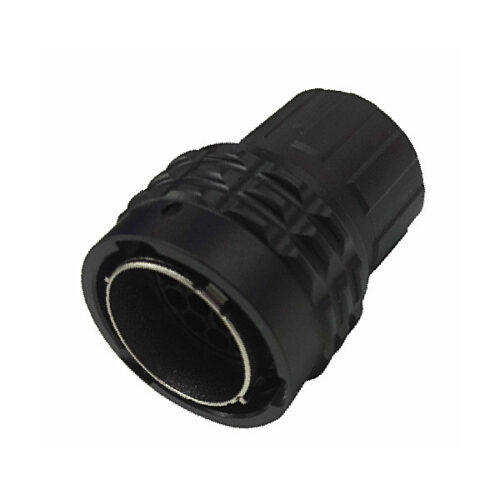
GR Series-19-core 16# circular signal connector
-
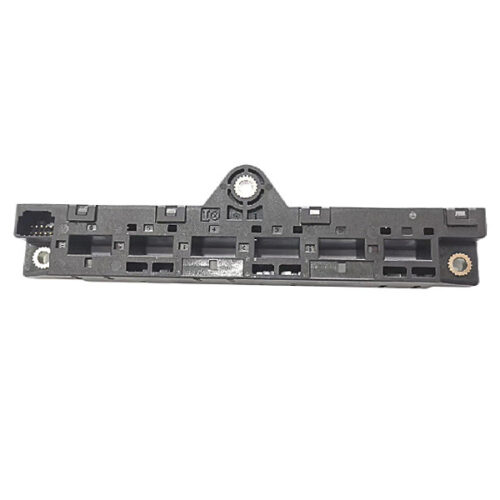
Current sensor bracket
